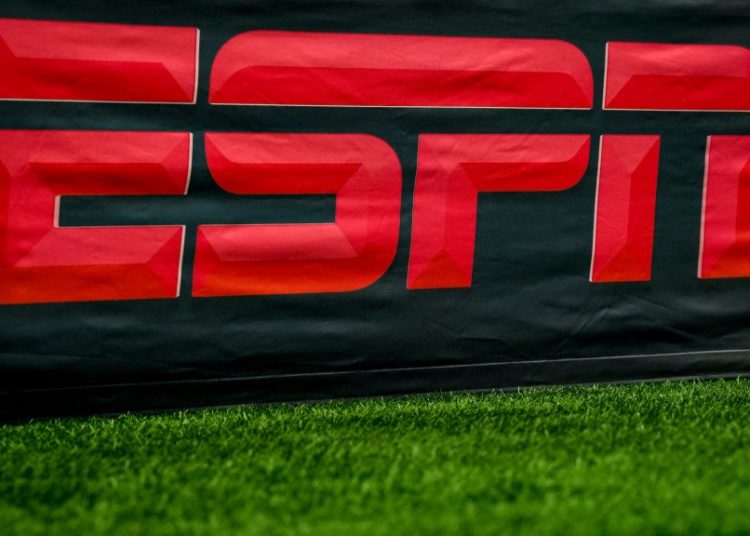We are tracking who is casting ballots ahead of Election Day for the mayor’s race in New York City and governors’ races in New Jersey and Virginia.
Here, we are comparing voters who have cast ballots so far with the makeup of the early and overall electorate in the 2024 presidential election.
New York City mayor’s race
Major candidates: Zohran Mamdani, Democrat; Andrew Cuomo, independent; Curtis Sliwa, Republican
One of the most closely watched metrics in New York this year is age.
Since the city’s mayoral elections are held in off years (without a presidential election on the ballot), the electorate tends to be much smaller. And it skews older than in presidential elections, since older voters are often more politically engaged. On top of that, voters who cast their ballots early tend to be older than those who vote on Election Day.
So it’s no surprise that the people who have already voted this year have skewed older. What is surprising is that they aren’t as old as we might expect in a typical mayoral election — and they’re not that far off from a presidential year. Notably, people under 30 make up approximately the same share of early votes so far as they did for the entirety of the early vote period in 2024.
That means the age breakdown could be better news for Zohran Mamdani than it might seem at first glance. His supporters tend to be younger; many polls have presumed an older electorate.
Andrew Cuomo has more support among older voters, though it’s also worth noting that both candidates have a significant share of support in older age brackets. In a New York Times/Siena poll in September, Mr. Mamdani led Mr. Cuomo, 73 percent to 10 percent, with likely voters under 30. Among voters 65 and older, they were tied.
More recent polls have shown that Mr. Cuomo has a slight advantage among voters in their 50s, 60s and older. (Curtis Sliwa does well among the oldest voters, but still trails the other candidates.)
On the first day of early voting this year, there was higher turnout among older voters than younger voters; in several subsequent days more younger voters have been turning out. (That’s a normal pattern for elections, with Election Day voters usually the youngest of all.)
Why not compare this election with the last mayor’s race, in 2021? For one thing, that election was not very competitive (Eric Adams finished with more than double the votes of his closest competitor, Mr. Sliwa). The lack of suspense meant many fewer people (of all ages) turned out to vote early, so such a comparison wouldn’t tell us much.
Early voting has also steadily grown more popular in New York since its introduction in 2019. This general shift toward early voting makes it hard to say exactly how the final distribution of both early and Election Day voting will shake out.
The early votes shown here for 2025 don’t include votes by mail; New York City does not provide information ahead of the election on the number of mail ballots returned. (New Jersey and Virginia, below, do tabulate the number of mail ballots returned so far.)
New Jersey governor’s race
Major candidates: Mikie Sherrill, Democrat; Jack Ciattarelli, Republican
In New Jersey, voters register by political party. That means the early voting numbers can help tell us whether one party is particularly motivated or depressed.
Democrats are more likely to vote early than Republicans. This year, Democrats make up more than half of the early vote so far.
But the current New Jersey counts are disproportionately made up of people who mailed in ballots, as opposed to those voting early in person. And mail-in ballots tend to be disproportionately cast by Democrats. So even though Democrats appear to have a larger advantage right now than they had in early voting in 2024, Republicans could make up ground in the coming days.
Also, voters don’t always vote for their party’s candidate, and the additional share of unaffiliated voters makes it hard to predict exactly what will happen on Election Day.
For example: In 2024, when it came to the party registration of all voters, Democrats enjoyed a 12-percentage-point advantage over Republicans in New Jersey. But Kamala Harris, the Democratic presidential nominee, won the state by only six percentage points.
As in other places, voters have been developing new preferences in how they cast their ballots in the years since the pandemic, and many more voters of both parties now vote early, either by mail or in person. That makes comparisons with the last governor’s race, in 2021, less helpful.
Virginia governor’s race
Major candidates: Abigail Spanberger, Democrat; Winsome Earle-Sears, Republican
Voters in Virginia do not register by party. But if they vote in a party primary, that’s recorded. So we can get some insight into their political affiliation.
Since off-year elections tend to attract people who are more politically motivated, it is not surprising that the early electorate so far includes more people who voted in a Democratic or Republican primary — and fewer unaffiliated voters.
When you account for that, there have not been significant changes in the partisan makeup of the early electorate compared with 2024. (You can exclude unaffiliated voters by using the buttons below.)
Ignoring the unaffiliated voters, Democrats make up 58 percent of the affiliated early vote so far, and Republicans 42 percent — almost exactly the same share of affiliated voters as in early voting in 2024. (Ms. Harris won Virginia by about six points in 2024.)
Francesca Paris is a Times reporter working with data and graphics for The Upshot.
William P. Davis is the director of election data analytics for The Times.
The post Tracking the Early Vote in New York, New Jersey and Virginia appeared first on New York Times.



